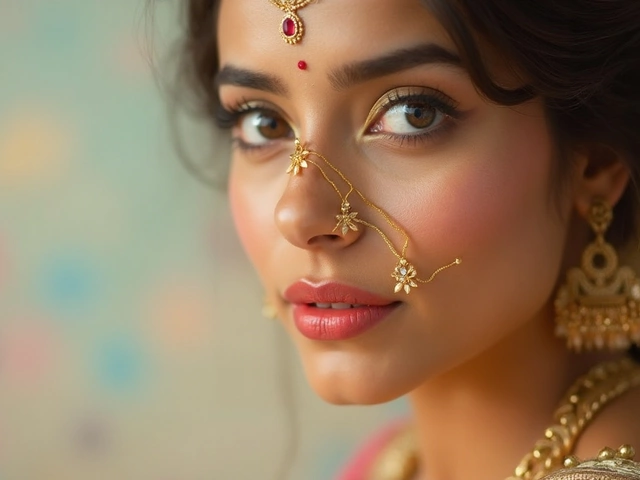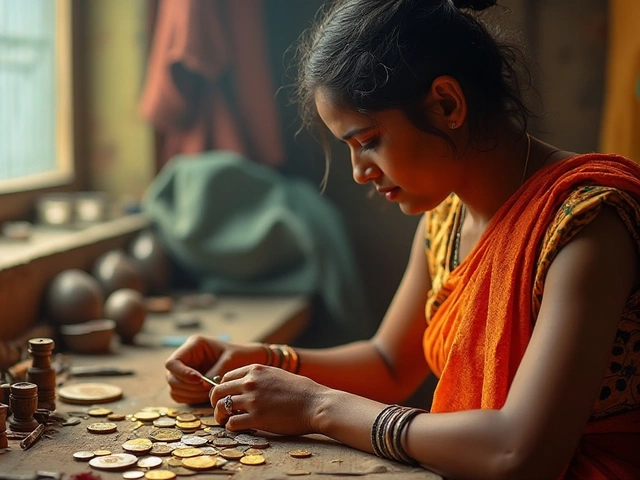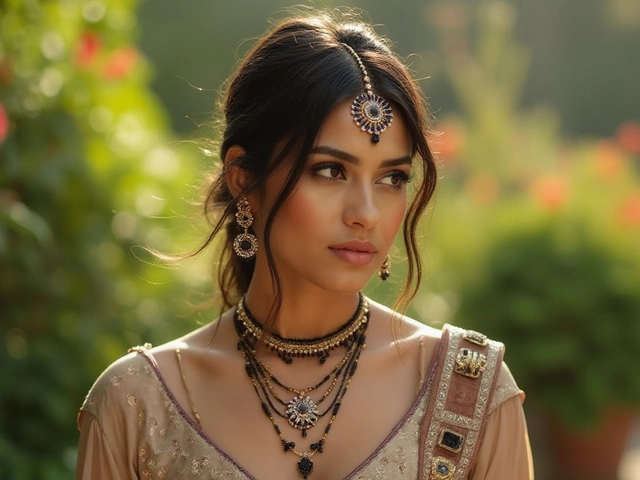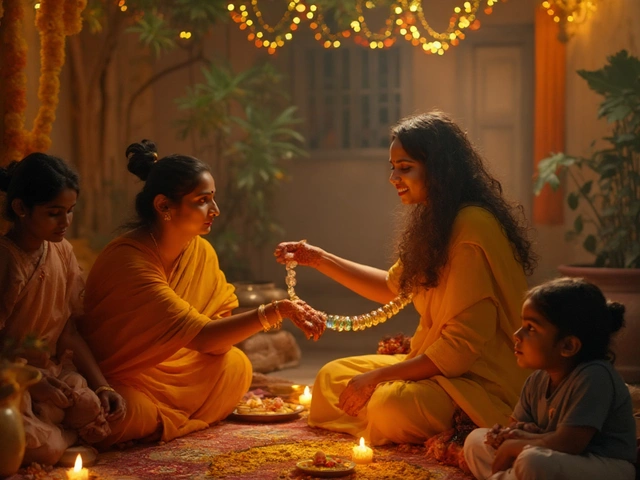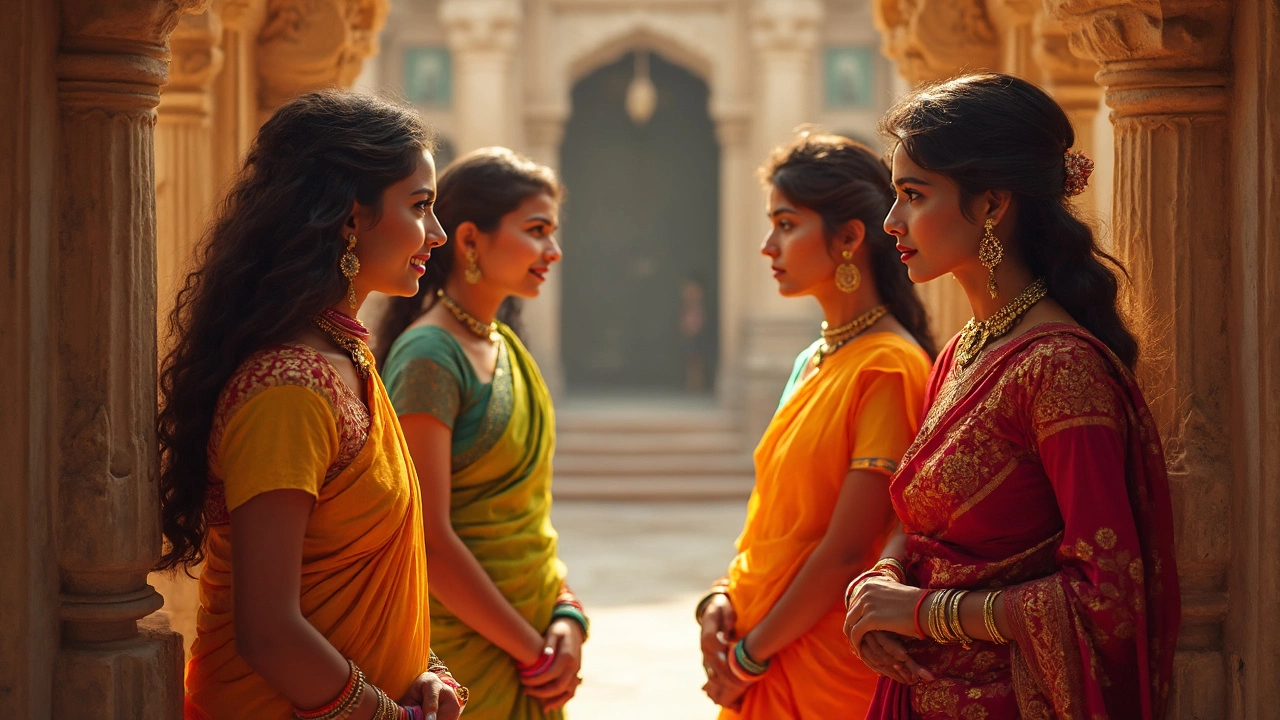
If you spot someone with a nose stud, chances are it means more than just another piercing. Across different corners of the world, religions and cultures have given nose studs special meaning. Hinduism, Islam, and even some tribal faiths treat this tiny piece of jewelry as a sign of tradition, faith, or community.
For a lot of Hindu women, getting a nose stud isn't just for looks – it's part of their coming-of-age rituals. Some Muslims wear nose pins for personal or family reasons, while certain tribal groups even see them as status symbols. And the style can say something too: the side you wear your stud on, the size, and even the gemstones can carry tradition. Curious what your nose stud might say about you, or just thinking about getting one? You’re about to find out what’s behind this evergreen trend.
- Religions With Nose Stud Traditions
- Symbolism Behind the Stud
- Popular Nose Pin Designs by Religion
- Tips for Choosing the Right Nose Stud
Religions With Nose Stud Traditions
The story of nose studs cuts across faiths and continents. Some of the longest and richest traditions come from Hinduism, Islam, and even ancient tribal cultures throughout Asia and Africa. Each group has its own reasons and rituals tied to this small but meaningful piece of jewelry.
Nose studs are almost a cultural must in many Hindu communities. The practice goes back at least 5,000 years and is mentioned in ancient texts like the Vedas. Hindu women, especially in North India and Nepal, often get their nose pierced at puberty or before marriage. In some regions, it’s tied to honoring Parvati, the goddess of marriage. For Hindus, the left nostril is most popular, believed to be linked to fertility and easier childbirth in Ayurvedic tradition.
Islamic traditions also feature nose pins, especially in South Asia and the Middle East. While the Quran doesn’t specifically mention nose studs, the jewelry became part of family and regional customs over centuries. You’ll see nose pins on brides in Pakistan and Bangladesh, where the practice signals beauty and, often, marital status.
Tribal religions add even more flavor to the mix. In West and East Africa, certain Berber and Bedouin tribes give gold or silver nose rings to mark adulthood or wealth. Australian Aboriginal and Native American groups have their own history of using nose studs for ceremonies or social rank.
Here’s a quick look at how different religions approach nose studs:
| Religion/Culture | Main Purpose | Common Placement |
|---|---|---|
| Hinduism | Ritual, marriage, coming-of-age | Left nostril |
| Islam (South Asia, Middle East) | Family/tradition, beauty | Left or right nostril |
| Tribal (Africa, Australia, Americas) | Status, rites of passage | Septum/nosetril |
Not every wearer has a religious reason. Even if you don’t follow the original tradition, there’s something really cool about jewelry with this much backstory. If you’re considering a nose piercing for tradition, fashion, or both, you’re joining a crowd that goes way back in time.
Symbolism Behind the Stud
Nose studs aren’t just about style—they can have deep meanings, depending on who you ask. In Hinduism, a nose stud often marks a big life event, like marriage. It’s pretty common for Hindu brides to get their left nostril pierced, since ancient Ayurvedic texts claim it’s linked to reproductive health and makes childbirth easier. That’s why you’ll often see married women in India with studs on the left side.
In Islamic culture, the nose studs can be a mix of tradition and fashion. Some Muslim women wear them as a family custom, often handed down through generations, especially in South Asia. It’s not tied strictly to religion, but it’s a symbol of cultural identity and sometimes, femininity.
Move to some African and Middle Eastern communities, and the nose stud can mean entirely different things. For example, in certain Berber tribes, nose jewelry is a sign of wealth and status. It might even be part of a dowry, showing a woman’s family’s prosperity.
There are even cases where a nose stud signifies strength or independence. Some people choose to wear them as a quiet way of standing out or showing self-expression. In the West, these traditions have blended with regular fashion—so today, you’re just as likely to see a nose stud on someone using it for personal or symbolic reasons as for faith or family.
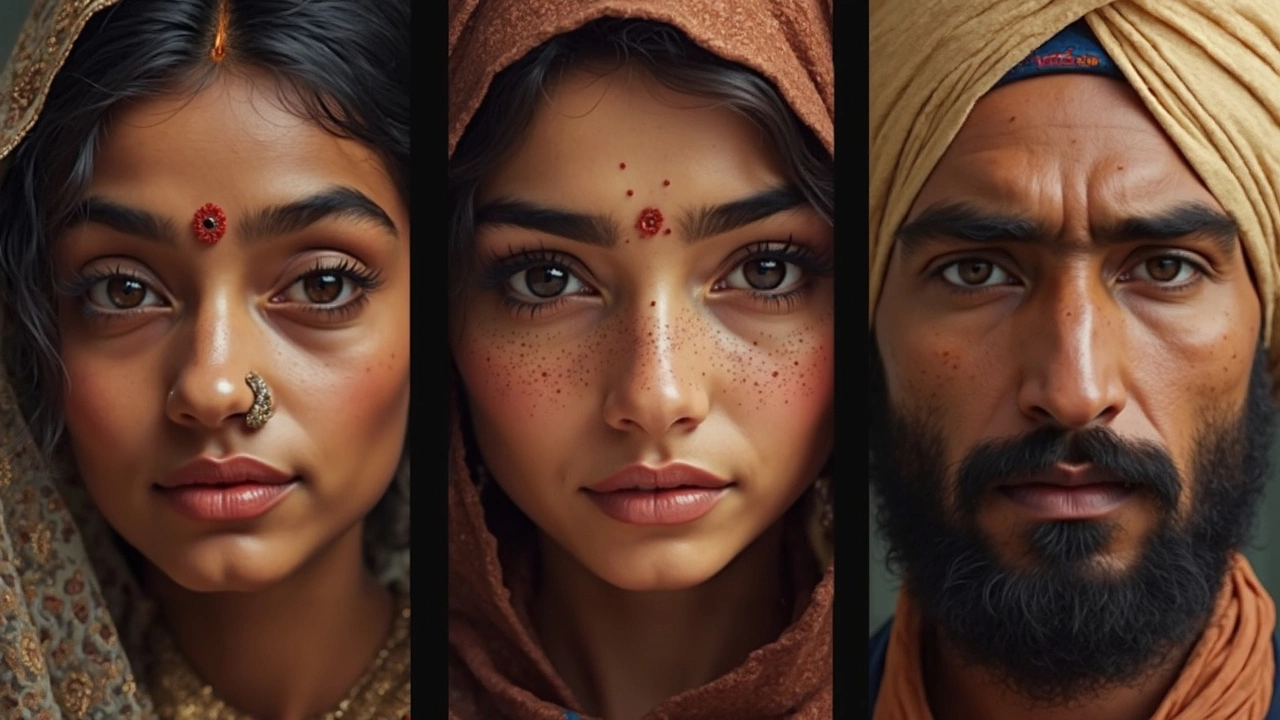
Popular Nose Pin Designs by Religion
Let’s break down how different religions put their own spin on nose stud styles. In Hinduism, nose studs are all about tradition and family customs. The classic choice is a small gold pin, often set with a stone like a diamond. In some regions of India, especially Maharashtra and Bengal, you’ll see bigger rings called "naths" at weddings or big celebrations. North India sticks with tiny, single studs, usually worn on the left nostril because of links to Ayurveda and fertility.
In Islamic cultures, the look changes depending on where you are. In South Asia, Muslim women might wear delicate gold or silver studs—sometimes with a little gemstone for a pop of color. The left nostril is still popular, and the designs are simple, often just a bit larger than what you’d find in Hindu communities. Nose studs are less common in the Middle East, but you’ll see the occasional elegant gold stud.
Tribal and indigenous groups, especially in Africa, have their own rules. The Fulani women in West Africa rock chunky gold hoops that can get pretty big, sometimes decorated with coins or beads for special events. In the Berber communities across North Africa, silver is the top pick, and the designs can be geometric or have detailed etchings inspired by local art.
If you’re browsing your options, a few patterns stand out: gold or diamond studs for Hindu traditions, minimalist metal pins for Muslim styles, and bold shapes with extra detailing for tribal uses. And these days, a lot of people just pick what looks good no matter the tradition. If you want to make sure your style matches your roots or fits a special meaning, check local practices or ask your family—these little details can say a lot.
Tips for Choosing the Right Nose Stud
Picking a nose stud isn’t just about grabbing the first one you see. Whether your reason is faith, tradition, or style, a few simple tips can help you find the perfect fit and avoid regret later.
- Nose studs come in all kinds of metals—gold, silver, titanium, and surgical steel are the most popular. If your religion asks for a specific metal (like gold for Hindu ceremonies), check on that first. If you’ve got sensitive skin, go for hypoallergenic options like medical-grade titanium or surgical steel.
- Pay attention to which nostril to pierce. In Hindu tradition, the left nostril is most common, linking to ideas around health and Ayurveda. In some cultures, it can be the right. Check if your religion or family has a rule before heading to the piercer.
- Choose a stud design that fits your needs. For first-timers, a simple L-shaped or screw design helps the piercing heal and won’t fall out. If you’re experienced—think about diamond studs, colored gems, or even nose rings. In South Asian weddings, a bigger hoop called a nath has religious meaning.
- Consider gemstone choices if it matters in your culture. White stones like diamonds are wedding favorites in India, while some tribes go for colorful gems to show status or family history.
- Some workplaces frown on visible piercings. If you want to keep it subtle, look for tiny studs or clear retainers made of plastic.
Always buy from a trusted source, especially if you’re picking expensive metal or getting your first piercing. When in doubt, ask someone from your community or a professional piercer—they’ll usually know what’s most accepted for your background and lifestyle.

